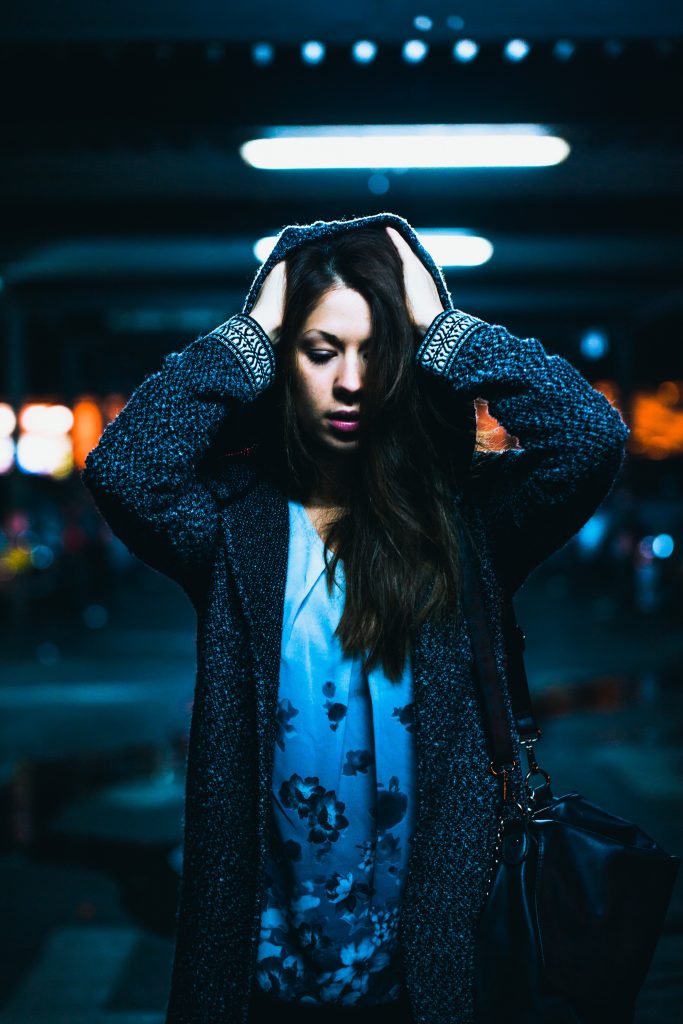
NYC PANIC ATTACKS
New York Can Be A Stressful Place
Panic attacks are scary and leave you feeling like you’re powerless. It seems like, with all that’s happening in our world nowadays, a lot of us suffer from panic attacks. There’s increased uncertainty about what’s going to happen next. For many New Yorkers, just getting around this crowded city has the potential to make you feel nervous or unsettled. You never know whether your train is going to be randomly rerouted to a different line or what the traffic is going to be like. We are constantly gathering in small spaces, cramped apartments, crowded bars, busses, subways, elevators, escalators and tiny office spaces. As a result, sometimes we get anxious, and other times we experience a panic attack.
But when are you really having a panic attack?
You may hear people say that they have anxiety and get panic attacks as if the two go hand in hand. However, medically speaking, panic attacks and anxiety have different features, and behavioral health professionals use the terms to identify particular symptoms and disorders. Unlike a panic attack, the symptoms of anxiety may be continuous and last for days, weeks, or even months. “[A]nxiety generally intensifies over a period of time and is highly correlated to excessive worry about some potential “danger”—whether real or perceived.”
Panic attacks, on the other hand, can happen anytime and anywhere, like when you’re riding the subway, taking a walk on your lunch break, or even in the shower. They can come out of nowhere when you didn’t even feel anxious about something in particular. A panic attack is a sudden episode of intense fear that triggers severe physical reactions when there is no real danger or apparent cause.
Panic attack symptoms typically peak within minutes. While symptoms may vary from person to person, at the onset of an attack you may feel your heart rapidly pounding, you start to sweat, tremble or shake, and your throat may feel like it’s about to close up as you feel more and more detached from reality with chest pain, dizziness or lightheadedness. Panic attacks can be associated with a variety of psychiatric diagnoses, including generalized anxiety disorder, social anxiety disorder, phobias, depression, posttraumatic stress disorder, and substance use disorders. But it is possible to have a panic attack without also having another disorder.
One important, helpful concept to keep in mind is that panic attacks are not dangerous. Some research suggests that having a panic attack is the same as your body’s natural fight-or-flight response. Your heart rate and breathing speed up as your body prepares for a life-threatening situation, like a deadly animal running towards you.
I’m panicking! Now what?
While not dangerous, if you don’t treat or deal with a panic attack, panic attacks can happen more frequently causing you to withdraw from your normal activities. Dr. Naomi Simon, director of the Anxiety and Complicated Grief Program at N.Y.U. Langone, suggests adding things back into your life that makes you feel in control. For example, a regular meditation practice can help you feel more empowered. According to Dr. Simon, “Spending time with people who you find supportive is one of the most protective things.”
“It is important that you get off the devices and try to spend time with people you care about and not only be interacting around these topics.” So, it seems that at least one of the solutions to less anxiety and fewer panic attacks comes from creating valuable human connections and meaningful relationships.
http://credit-n.ru/zaymyi-next.html
http://credit-n.ru/zaymyi-next.html
http://credit-n.ru/zaymyi-next.html
http://credit-n.ru/zaymyi-next.html





